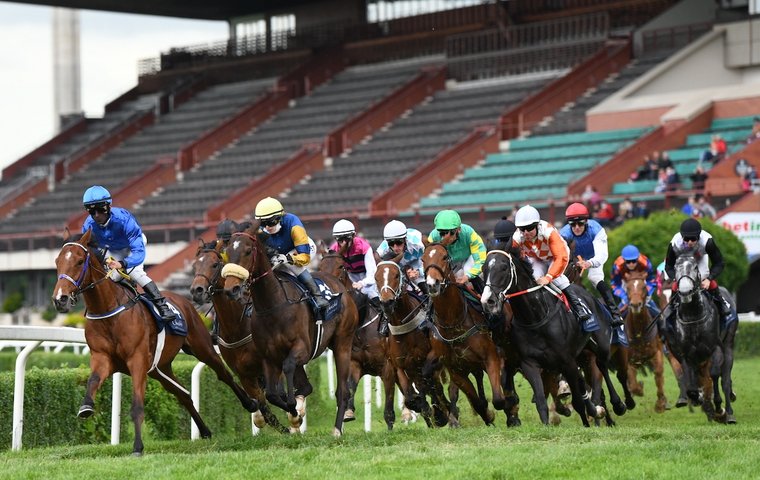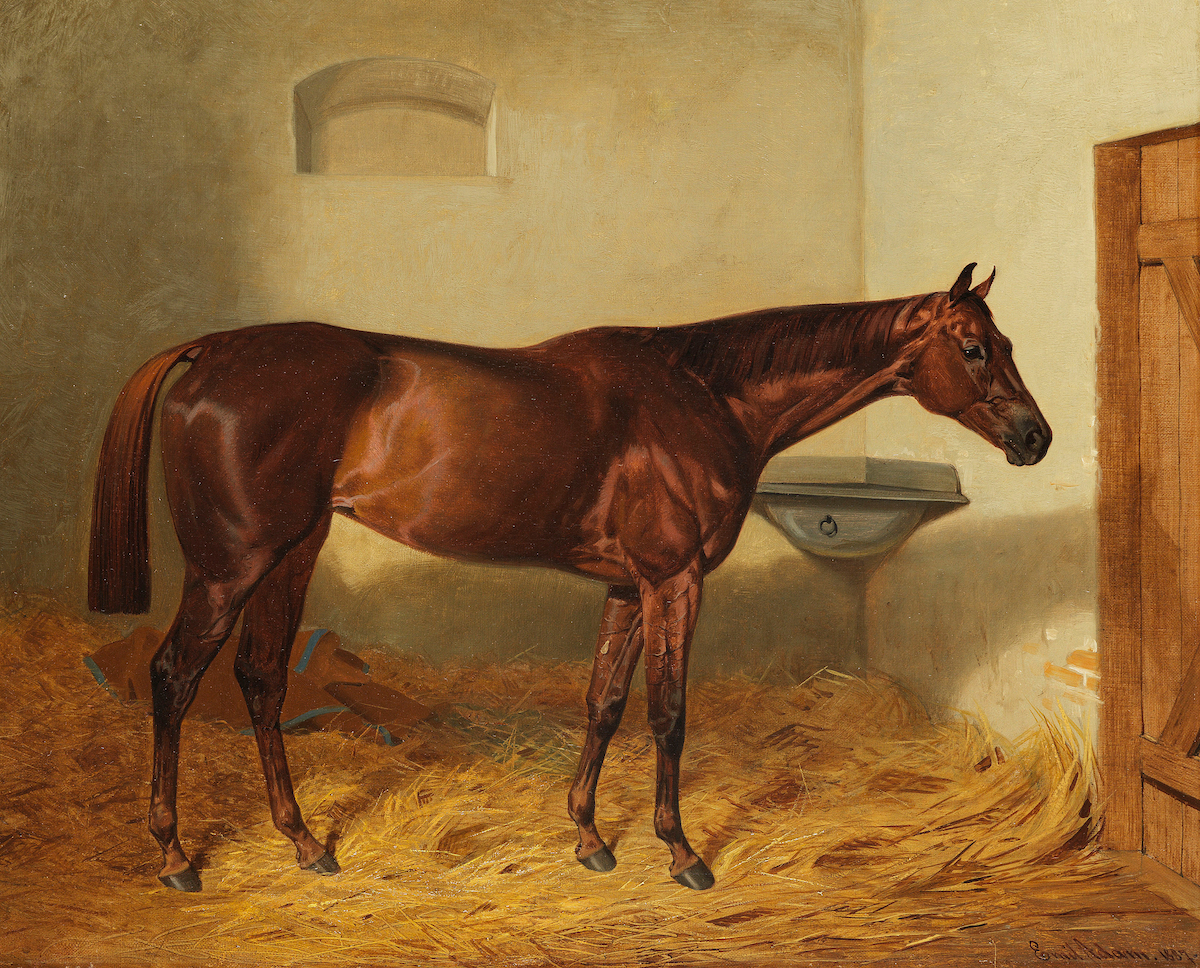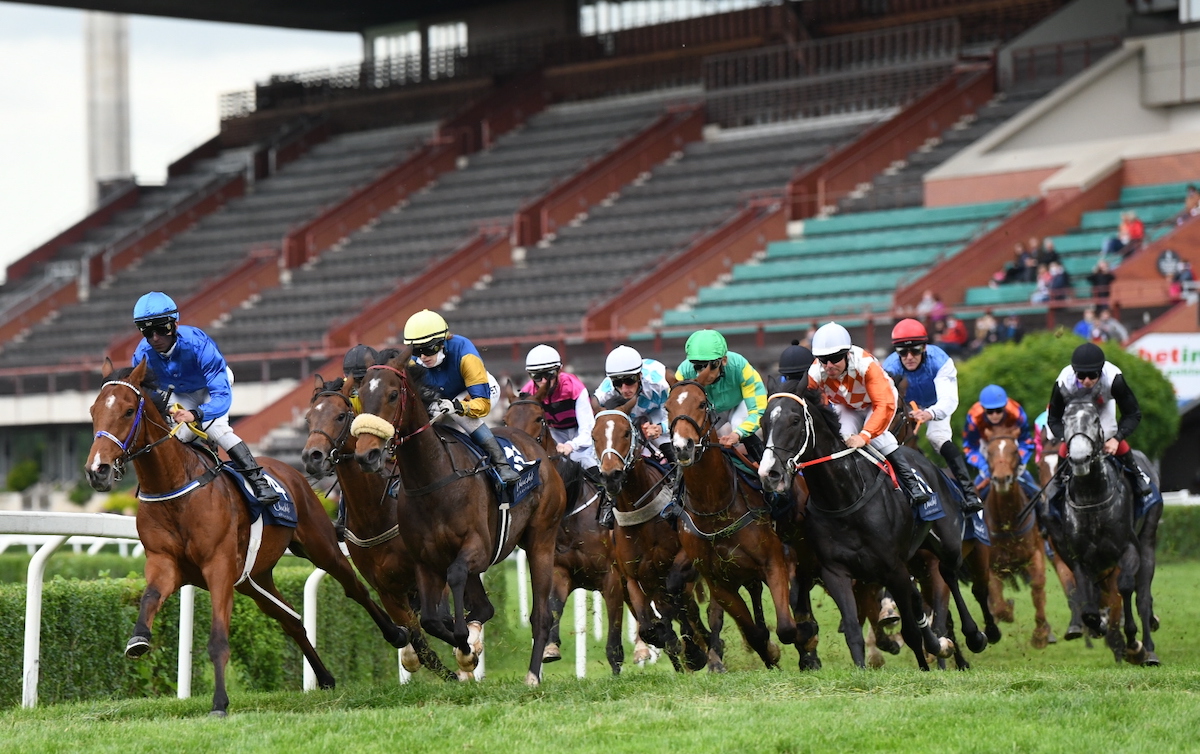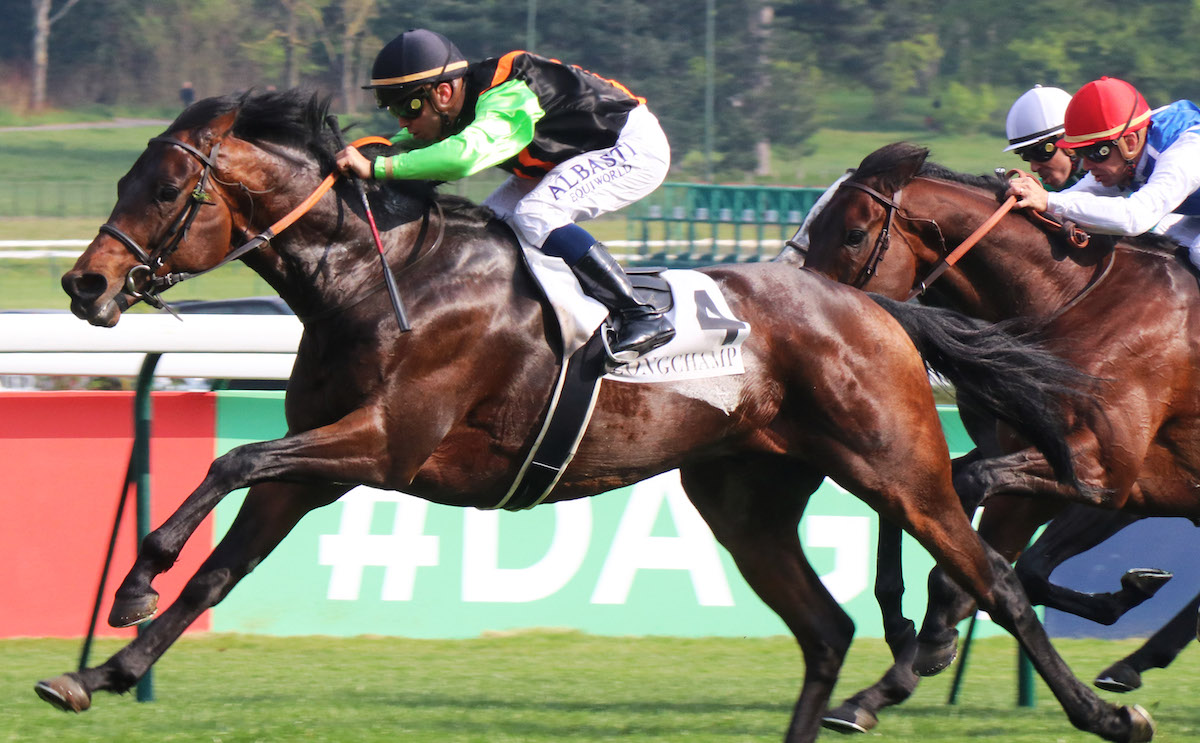
Spotlight on a racing community in Central Europe where jump racing is more popular than the Flat – but the sport is beset by internal struggles and lack of funds. Czech-based journalist Michaela Moricova reports
You may never have heard of Filip Minarik. Or Subway Dancer. Or maybe even Nagano Gold.
However, the trio – a jockey plus a couple of Group horses – are regarded as true heroes in the eyes of horse racing fans from a small country in the heart of Europe. I’m talking about the Czech Republic, currently going by the name of Czechia.
Czech-born Minarik is a four-time champion jockey in Germany, the rider whom Frankie Dettori described as a “f***ing miracle” when he came out of a month-long coma following a race fall in July 2020 where doctors gave him only a 50-50 chance of survival.
 Subway Dancer and Nagano Gold are Czech-trained horses who have left their mark on Europe’s top venues such as ParisLongchamp and Royal Ascot in recent seasons.
Subway Dancer and Nagano Gold are Czech-trained horses who have left their mark on Europe’s top venues such as ParisLongchamp and Royal Ascot in recent seasons.
In one respect, though, they are the exception to the Czech racing rule, as jump racing – and the storied Velká Pardubická steeplechase in particular – is generally more beloved than its Flat counterpart among the nation’s equine enthusiasts.
Proud heritage
Either way, Czech racing can boast a proud heritage. But it is a heritage under threat from lack of funds, despite the ongoing efforts from a hardy band of adherents to the sport, which dates back more than two centuries – longer than the nation itself.
In the 18th century, the Czech Republic did not exist. The land of Bohemia was a part of the Austro-Hungarian Empire, where the nobility was looking enviously at the British, who had come up with a novel form of entertainment – horse racing.
Ferdinand Kinsky duly brought some horses of British origin to Bohemia in 1760; it was somewhat incidental that his relative Octavian Kinsky was the man who initiated the very first horse race.
 In the 19th century, the first racecourse was established on Císařská Louka (Imperial Meadow) in Prague, where the legendary Hungarian mare Kincsem – famously unbeaten in 54 career starts – shone brightly on three occasions. It was an honor to welcome such a champion in Prague as the mare whose triumphs included the Goodwood Cup and Grand Prix de Deauville.
In the 19th century, the first racecourse was established on Císařská Louka (Imperial Meadow) in Prague, where the legendary Hungarian mare Kincsem – famously unbeaten in 54 career starts – shone brightly on three occasions. It was an honor to welcome such a champion in Prague as the mare whose triumphs included the Goodwood Cup and Grand Prix de Deauville.
Enter the Velká Pardubická
In 1874, the Velká Pardubická (perceived as a Grand National copy, albeit even more formidable, and more varied) took place for the very first time near the city of Pardubice. Octavian Kinsky was once again one of the initiators, successfully striving to make a name for the cross-country event throughout Europe.
Subsequently, Aristide Baltazzi established a stud in Napajedla that was the pivotal stud of the country for decades, and two other tracks were opened – one in Karlovy Vary (Karlsbad) and one in Velká Chuchle in Prague – as the Císařská Louka came to an end.
Czechoslovakia, as it now was, suffered some turbulent times in the 20th century, ranging from the dissolution of the Empire, the Great War, becoming a protectorate of Hitler’s Germany, then being in the center of the Second World War before succumbing to the Communist regime for 40 years.
Despite such travails, horse racing, including the Czech/Czechoslovakian Derby and Velká Pardubická, survived everything.
The storied cross-country contest continued to attract guests from abroad, though only horses from other Communist countries formed the foreign competition during the totalitarian era. Still, all the merrier it was when a Czech horse defeated the arrogant Soviets!
Indeed, it is not stretching the matter to suggest that therein lies one of the pillars of the Velká Pardubická’s popularity and sentiment – it kept giving opportunities to show the Russians they were not invincible.
After the Velvet Revolution in 1989, the Czech Jockey Club became the governing body of the racing in the soon-to-be Czech Republic and currently oversees the rules and takes care of the administration.
Devoted community
The races themselves are the responsibility of the racecourses, allocated funds directly from government. The promotion of events goes to the racecourses themselves, too.
Mind you, because the respective racecourse directors do not always see the need to promote the sport, this has unavoidably led to the situation when races are visited just by a dwindling bunch of racing professionals and devotees.
 However, Jockey Club board member Ladislav Nagy maintains this bunch of devotees is and will be crucial for the years ahead. “The major problem the Czech racing faces is the lack of funds – but several other European countries undergo a similar peril,” says Nagy.
However, Jockey Club board member Ladislav Nagy maintains this bunch of devotees is and will be crucial for the years ahead. “The major problem the Czech racing faces is the lack of funds – but several other European countries undergo a similar peril,” says Nagy.
“However, I think Czech racing has a chance to survive the dire years to come thanks to its devoted community,” he goes on.
“Racing is not that popular among sponsors, developers strive to buy the tracks to turn them into housing estates, and we need to return more money from the betting industry to the racing itself.
Highly professional
“Yet the people around the sport are willing to work hard despite the wages not matching the toil. Our jockeys, trainers, organizers, yardmen, and journalists are highly professional – but they are doing their jobs only out of love for the sport.”
Admittedly, big crowds are uncommon, while attracting overseas horses is an arduous task given meagre prize-money levels compared to neighbouring Germany. Only the Czech Derby and Velká Pardubická offer competitive purses – and while the former often lures participants from Slovakia or Germany, the storied chase seems to have lost its pull to overseas contestants.
Perhaps this is hardly surprising given the steepelchase’s arduous nature, with 31 obstacles including the fearsome (if modified) Taxis ditch (Taxisuv prikop) and stamina-sapping arable land (ploughed field) familiar to the locals, who are trained specifically for the annual showpiece on the second Saturday in October.
Nevertheless, the Velká Pardubická remains the race in the Czech Republic, the race that generated the legend of Josef Váňa senior, who won it eight times, four times aboard the phenomenal Železník.
Be that as it may, certain Flat performers have held their own in recent years in terms of claiming a starring role for Czech enthusiasts – notably Nagano Gold, who managed to outshine the jumpers through his performances in the UK, France and Poland.
 He was second in the G2 Hardwicke Stakes at Royal Ascot in 2019, an achievement that would have seemed impossible a few years ago. Thanks to ambitious Flat trainers like Václav Luka, Ingrid Janáčková-Koplíková and her father Zdeno Koplík – who sent French G2 winner Subway Dancer to third place in Ascot’s Champion Stakes in 2018 – we can say that the prestige of Czech racing is rising despite all the bumps on the weary road.
He was second in the G2 Hardwicke Stakes at Royal Ascot in 2019, an achievement that would have seemed impossible a few years ago. Thanks to ambitious Flat trainers like Václav Luka, Ingrid Janáčková-Koplíková and her father Zdeno Koplík – who sent French G2 winner Subway Dancer to third place in Ascot’s Champion Stakes in 2018 – we can say that the prestige of Czech racing is rising despite all the bumps on the weary road.
And what are the other bumps besides the mentioned lack of funds? Well, as Nagy notes, developers are eager to seize the lands where the tracks lie to turn them into housing estates, which might be the fate of the aforementioned Napajedla Stud, responsible for several leading performers over the years.
Lack of home investment
Czech owners seem to prefer spending their money on imports, with only a few Czech owner-breeders investing in breeding horses. What is more, sometimes they do not even keep their horses at home.
For example, businessman Jiří Trávníček relies on his breeding facility in France, Haras de Beaufay, where he bred Queen Of Beaufay, the winner of the Czech Derby in 2022.
If you are wondering how the Czechs have tried to contribute to the popularity and prestige of horse racing, the answer offers itself – the European Jockey Cup, loosely based on the Shergar Cup. The organizers invite skilled jockeys from Europe to compete against each other during a September meeting; these races boast higher prize-money than most Flat races throughout the season.
Although they are not black-type performers, they have attracted interesting horses from Slovakia, Poland, Austria, and Germany. Invited jockeys like Vincent Cheminaud, Christophe Soumillon and Cristian Demuro praised the event, thereby helping to spread the good word about Czech racing in general.
The whole thing was backed by a few enthusiastic owners – but they declined to hold the event in 2022, citing the project’s financial demands plus other obstacles thrown in their way from the central authorities.
Upon reading these lines above, you might well conclude that Czech racing faces a bleak future. However, according to Ladislav Nagy, giving up the ghost is not an option for the sport’s supporters.
“Although not everybody is happy about jump races being treasured more than the Flat here,” he says, “it’s crucial to remember that many teams depend on the prizes they win over the jumps regardless of whether they are successful here or abroad.
“We need these teams,” Nagy goes on. “We need the people devoted to the sport. The future of horse racing is not bright in the Czech Republic and it would be silly to say otherwise. Still, we have to try.”
• Visit the Czech Jockey Club website
A year in horse racing – the stories you read the most in 2022
Get rid of the whip and you get rid of the problem – Geir Stabell on the issue that plagues racing
View the latest TRC Global Rankings for horses / jockeys / trainers / sires


